Using Dataweave I'm attempting to transform this:
{
"ConcurrentAsyncGetReportInstances": {
"Max": 200,
"Remaining": 200
},
"ConcurrentSyncReportRuns": {
"Max": 20,
"Remaining": 20
},
"DailyAnalyticsDataflowJobExecutions": {
"Max": 50,
"Remaining": 50
},
"DailyApiRequests": {
"Max": 6175000,
"Remaining": 6174972,
"Ant Migration Tool": {
"Max": 0,
"Remaining": 0
},
"CLM_service_api": {
"Max": 0,
"Remaining": 0
},
"CRM_service_api": {
"Max": 0,
"Remaining": 0
}
},
"DailyAsyncApexExecutions": {
"Max": 325000,
"Remaining": 324902
}
Into this:
[
{
"name":"ConcurrentAsyncGetReportInstances",
"max":200,
"remaining":200
},
{
"name":"ConcurrentSyncReportRuns",
"max":"20",
"remaining":"20"
},
{
"name":"DailyAnalyticsDataflowJobExecutions",
"max":50,
"remaining":50
},
{
"name":"DailyApiRequests",
"max":6175000,
"remaining":6174972
},
{
"name":"DailyAsyncApexExecutions",
"max":325000,
"remaining":324902
}
]
Also - note I don't want any nested values like in DailyApiRequests
I have attempted the map function but am uncertain how to properly use. All the examples I have seen dont seem to show this scenario.
